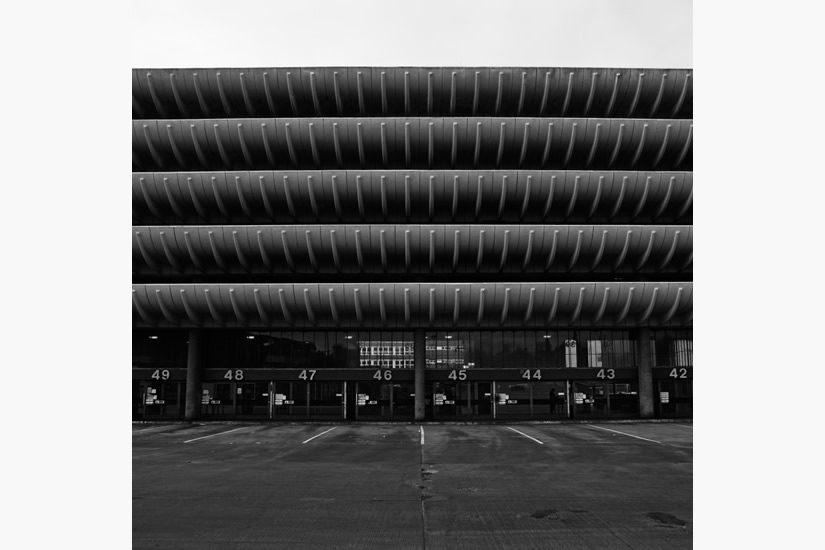The National Trust, an institution dedicated to the provision of tearooms, gift shops and the conservation of crumbling country houses has begun to recognise the importance of the preservation and promotion of modern architecture. For ten days starting on the 25th September 2015 the National Trust in partnership with others will be hosting a series of unique one off events, tours and talks in celebration of brutalism.
The tours include, the Brutalist elements of the Southbank complex (Queen Elizabeth Hall, Purcell Room and Hayward Gallery) which will be soon closed for refurbishment works, tours of the recently restored Park Hill flats in Sheffield and Denis Lasdens work at the University of East Anglia, Norwich. There will also be the opportunity to rid a Routemaster bus in a series of expert-led bus tours of London’s other iconic Brutalist sites.
Anyone wanting to take advantage of this opportunity should book straight away as the limited tickets are selling quickly! I was unable to secure tickets for the Brutalism: Brutal or Beautiful? talk ('a discussion of Brutalism’s legacy at the Southbank Centre') which looked very interesting.
Tours
Southbank Centre – Queen Elizabeth Hall, Purcell Room and Hayward Gallery
Park Hill, Sheffield
University of East Anglia (UEA), Norwich
Other Events:
Brutalism: Brutal or Beautiful? Sold Out :(
Routemaster bus tours
(National Trust website) More information
The tours include, the Brutalist elements of the Southbank complex (Queen Elizabeth Hall, Purcell Room and Hayward Gallery) which will be soon closed for refurbishment works, tours of the recently restored Park Hill flats in Sheffield and Denis Lasdens work at the University of East Anglia, Norwich. There will also be the opportunity to rid a Routemaster bus in a series of expert-led bus tours of London’s other iconic Brutalist sites.
Anyone wanting to take advantage of this opportunity should book straight away as the limited tickets are selling quickly! I was unable to secure tickets for the Brutalism: Brutal or Beautiful? talk ('a discussion of Brutalism’s legacy at the Southbank Centre') which looked very interesting.
Tours
Southbank Centre – Queen Elizabeth Hall, Purcell Room and Hayward Gallery
Park Hill, Sheffield
University of East Anglia (UEA), Norwich
Other Events:
Brutalism: Brutal or Beautiful? Sold Out :(
Routemaster bus tours
(National Trust website) More information





























